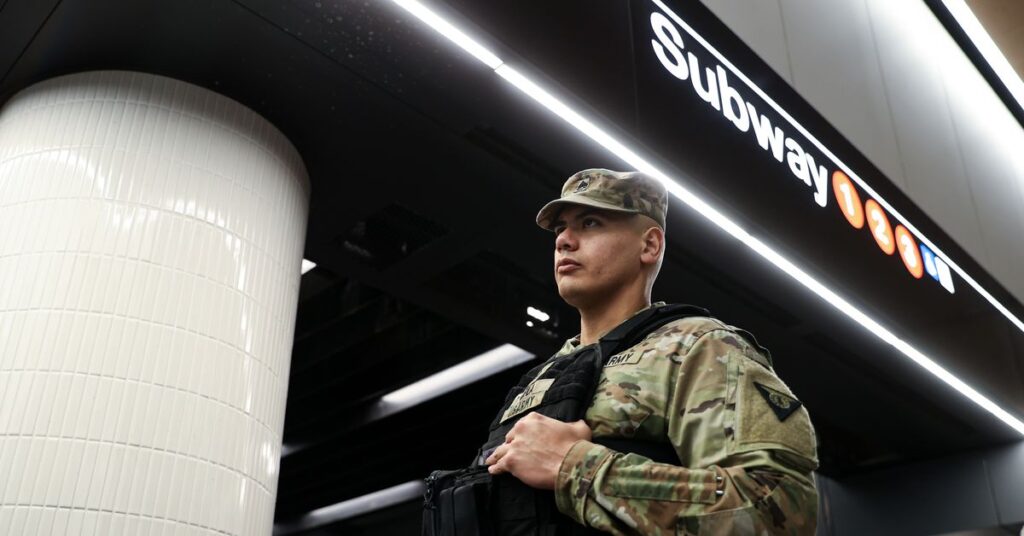Last week, New York Gov. Kathy Hochul announced a new policy that made headlines across the country: Following a handful of high-profile violent crimes, she’s sending 750 members of the National Guard and hundreds of state troopers into the city’s subway system.
“No one heading to their job or to visit family or go to a doctor appointment should worry that the person sitting next to them possesses a deadly weapon,” the governor said.
Fair enough. Major crime in the transit system is up 13 percent since the start of the year, according to the police, and post-pandemic, some New Yorkers have felt a fearful and “confused unease about the fact that the trains seemed different.”
But overall the picture is more positive: Crime fell in New York last year; and according to an analysis by the New York Times, the rate of violent crime on the city’s subway system was roughly one per 1 million rides — meaning your chances of being a victim of violent crime on the subway are really low.
There are other reasons a New York Democrat might take an approach to crime that seems aggressively out of proportion: The idea of the city as a crime-ridden hellhole is a perennial of right-wing politics.
Last fall, former President Donald Trump tore into New York’s attorney general for pursuing a tax fraud case against him, claiming falsely that the case was happening “while MURDERS & VIOLENT CRIME HIT UNIMAGINABLE RECORDS!”
In a big city, there’s almost always going to be a recent example critics can point to to say violence is out of control.
So how should we judge how well a city is doing at fighting violent crime?
A novel way to evaluate crime levels
To start trying to unpack that question, let’s look at one major element of violent crime: gun violence.
One way is to judge overall violent crime and per capita crime rates to see how the city is performing compared to past years; that’s what Hochul and the city’s mayor are pointing to when saying…
Read the full article here





